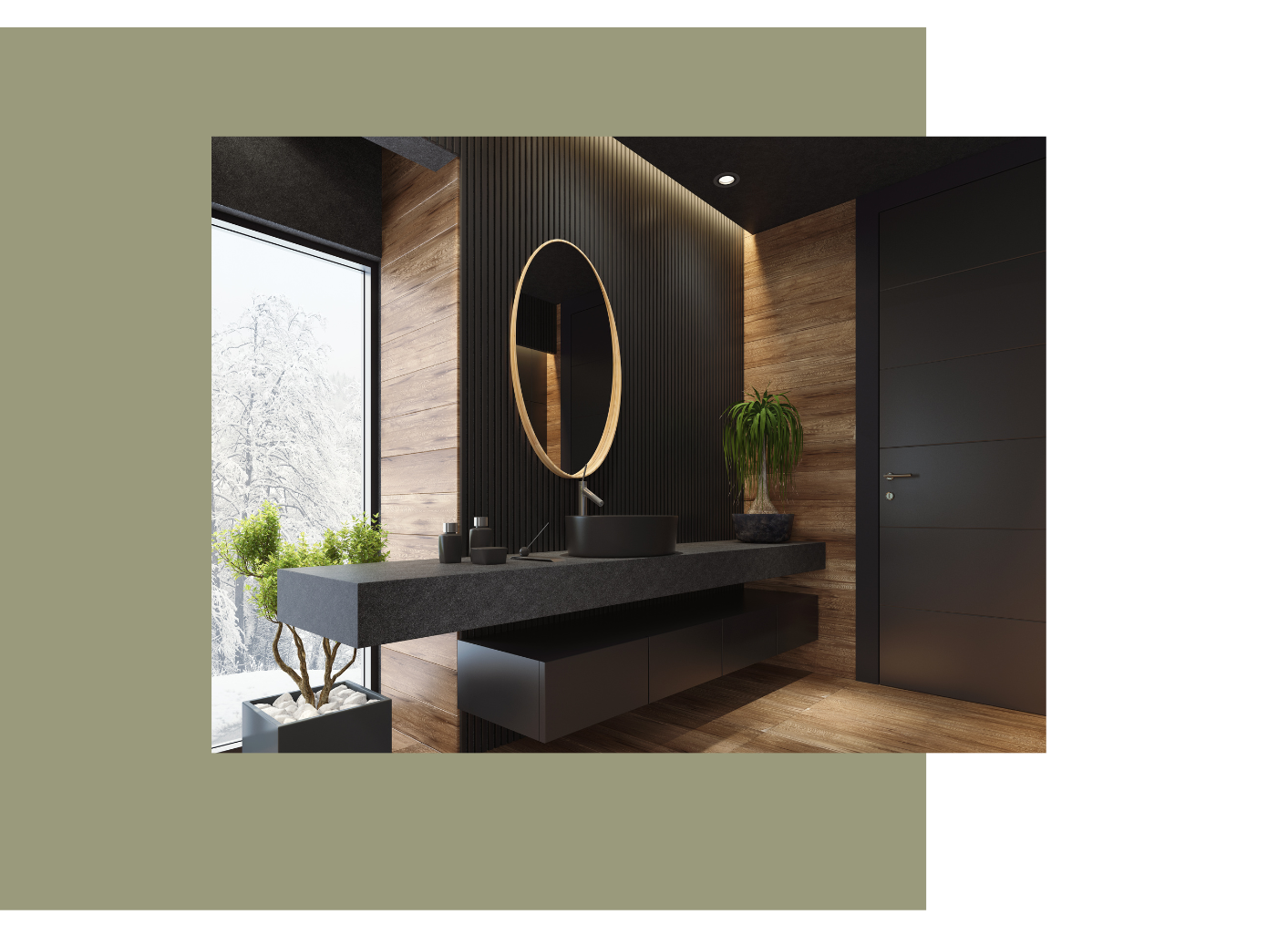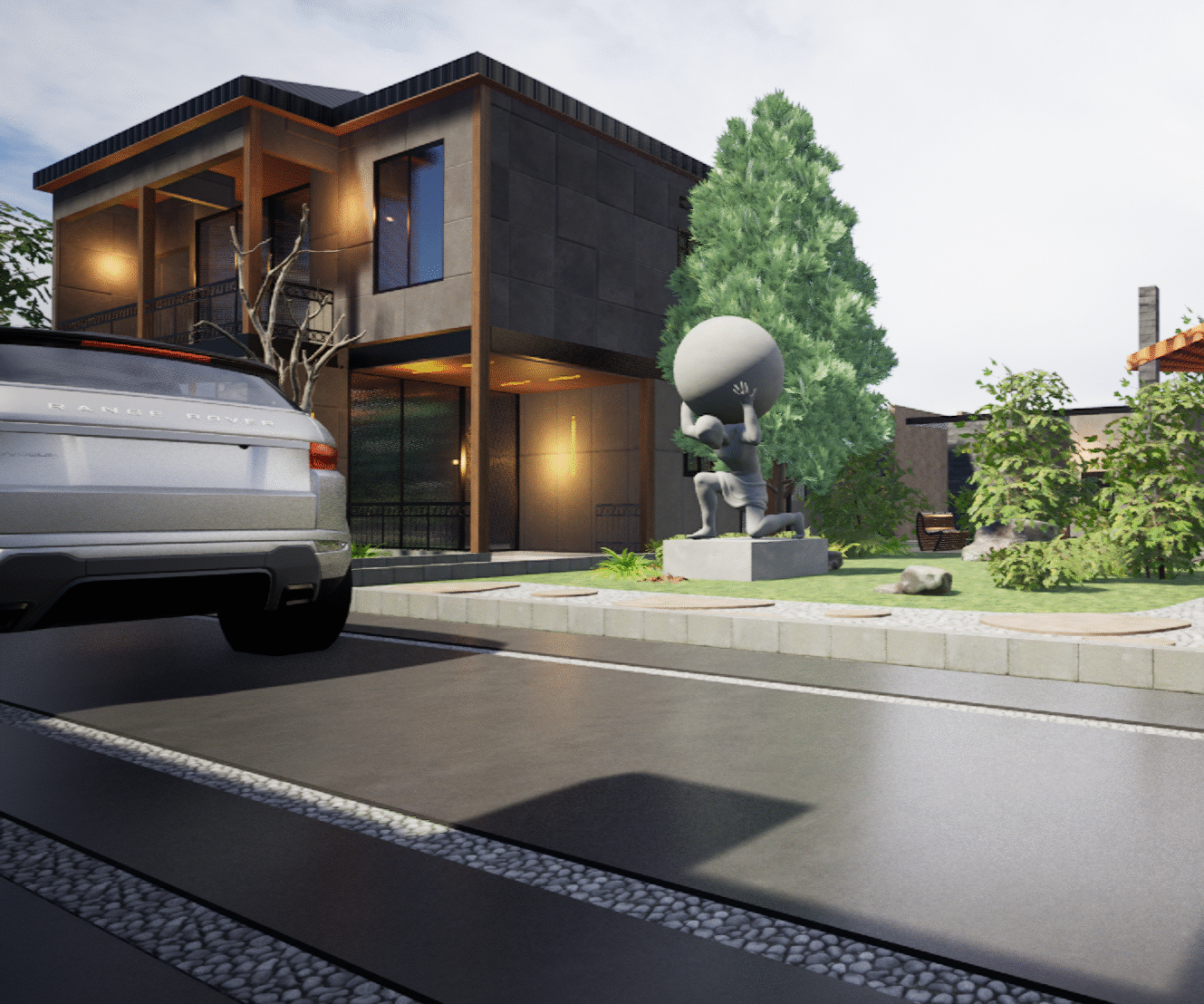Beyond Aesthetics.
November 10, 2023

Impressive buildings are everywhere, there’s the weird, the wonderful, the eye-catching, the simply breathtaking, but what really makes good architecture. Ongoing developments in technological innovation, changing attitudes of society, and shifting of architecture theories were gradual process that don’t always coincide with each other.
Architecture can be a wonderful opportunity to see things differently, a journey creating the environments tangible.
Most of the famous buildings today are produced by contemporary architects, these can include single family homes and even downtown office buildings. Most of these buildings still reflect classic architecture features and today architects have taken the traditional styles and interpreted them in a modern way. As hard it can be to describe contemporary architecture with conclusive features, buildings with this classification have be become widespread across the world and with time temporary architecture will become global and it is the opposite of what happened with the modern architecture.
Contemporary architecture can also be defined as the movement or modern styles blend. Many attribute the earliest beginnings of “Modernization” to the industrial revolution, which first took place in Britain from the mid-1700s to mid 1800s the development of the large scale of iron making their way into building by the 1700s, which resulted in more efficient structural elements, wider beam spans, better lateral stability as well as less fire-hazardous structures due to metal being non-combustible.
The building that is commonly accepted by many to be the first example of Modern architecture is “The crystal palace which was 990,000 sqft building that hosted london’s legendary Great Exhibition of 1851.
Traditional architectural styles play a massive role in beautifying corporate offices,and it’s not just in the past, it still exist toda. It brings functionality to the
corporate environment and for this reason, most architects still pay tribute to classic design features.
Contemporary architecture is different from the modern architecture of the late 20th century, and this was done by adding eco-friendly features and introducing all manners of creativity. It also involves the use of state of the art technology and materials.
To design a building that looked top heavy not only seem to defy the laws of physics but also defied long-held aesthetic principals of western architecture. Steel is even stronger and more light weight than iron, which not only meant buildings could be much taller, but window openings could also be much larger, and most of these design decisions were made for practical and economic reasons
Immersive experiences in architectural projects with virtual reality.
November 10, 2023

“Imagine walking around in the building before it’s even built and having the ability to fully explore the space whilst changing lighting conditions and interior designs, or rearrange entire layouts to explore alternative design solutions.”
Virtual realty is really going to change the landscape of architecture and design, every time you see an architect, or designer, or the client see and experience the project before it truly a project, it incredible and inspiring.
In a virtual environment, users can explore, interact and get a sense of actually being in a another world. the most well-known VR headsets include the oculus meta quest, which is currently in its third generation. VR allows architects and designers to better visualize their projects, which helps clients understand the designs. It also give a better idea of how different elements of a project will behave and look in the real world. With VR, users can literally walk through their designs and interact with different elements and this makes it easier to identify problems, modify designs and create innovative solutions.
Traditionally a change of order the project would cost thousands of dollars, but in VR a change of order is just pixels. You can basically change anything and start again, then you can make a decision if the project is worth or not.
Using virtual reality, architects and designers can reduce errors in their projects because they can better detect problems before construction work begins. This saves time and money and increase overall efficiency.
In the VR environment you can easily move between rooms and even see the surroundings of the house. Thanks to VR technology, we can also get a closer look at the different materials and texture used in the project and you can create different scenarios in VR before the building is up and all of those are discoveries that you can make before you start building.
